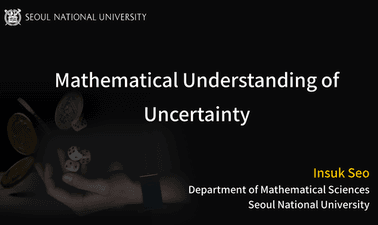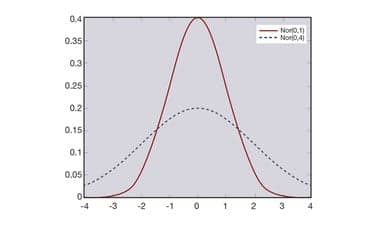IIMBx: Statistics for Business - II

- Duration
- 7 weeks
- Price Value
- $ 50
- Difficulty Level
- Intermediate


Welcome to Part 2 of our comprehensive 4-part series on Business Statistics! This intermediate-level course, offered by IIMBx, is designed to equip you with advanced statistical knowledge and skills crucial for success in various business domains. Building upon the foundation laid in Part 1, this course delves deeper into the fascinating world of Descriptive Statistics, with a focus on probability and random variables.
Explore more courses to enhance your cloud computing and Kubernetes skills.

This lecture series discusses how the concept of probability can be used to handle, control, and exploit uncertainty in the real-world. It is an undergraduate-level lecture series on probability, but is entirely different from the usual courses on probability theory. The lectures cover the basics of probability theory including the relevant mathematics, but instead of focusing on mathematics, the lectures explain how probability theory can help understand real-world uncertainty using various examples. The examples are used to describe how uncertainty can be exploited to implement modern randomized algorithms such as Markov chain Monte Carlo and deep learning.

This course introduces the basic tools and methods of statistical analysis, which can be applied to a wide variety of situations and data encountered in the areas of business and economics. Topics discussed include descriptive statistics, probability, sampling distributions, estimation, and hypothesis testing. By the end of the semester students should be able to compute and interpret basic descriptive statistical measures, understand the basic concepts of probability, and apply techniques of statistical inference.

This course provides an introduction to basic statistical concepts. We begin by walking through a library of probability distributions – including the normal distribution, which in turn leads to the Central Limit Theorem. We then discuss elementary descriptive statistics and estimation methods.